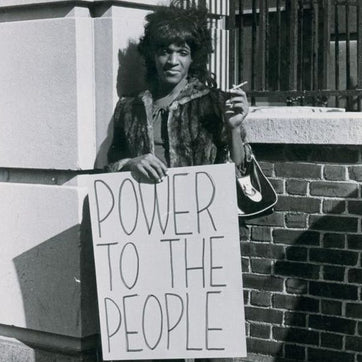Located in one of the first and most important Mexico City’s “lungs”, Chapultepec Forest, this surreal hydraulic structure built in 1951, treasures the work of two Mexican artists, Diego Rivera and Ariel Guzik who created a tribute to what allows us to exist: water.
After finishing the Cutzamala system, one of the largest water supply systems in the world and Mexico’s most ambitious engineering feats of its time, architect Ricardo Rivas was assigned to raise a monument right at the very end of this system, to integrate public art into a functional building and create a comprehensive concept based on water use in Mexican culture, references to the art of Mesoamerican cultures, and the celebration of technological effort.
The sump, a water distribution chamber was the place for Diego Rivera to paint his, originally, underwater mural called “El agua, origen de la vida” (Water, origin of life). The sound of the water flow through the sump would bounce against the structure Rivas built and give life to it. However, due to a serious deterioration in the mural, the gates which conducted the water were closed. Diego Rivera’s work is also seen in Tlaloc’s tiled fountain, displayed just right outside the sump.
By 2010, artist Ariel Guzik was called to bring the space back in action. He created the Cámara Lambdoma, a sound installation that registers the white noise produced from the water of the fountain, the wind and the movement of the sun, this information is sent to a black box that interprets this information and decomposes the white noise to generate sound frequencies that are perceptible for our ears. It’s basically a real time sound interpretation of three elements: the sun, the wind and the water.









